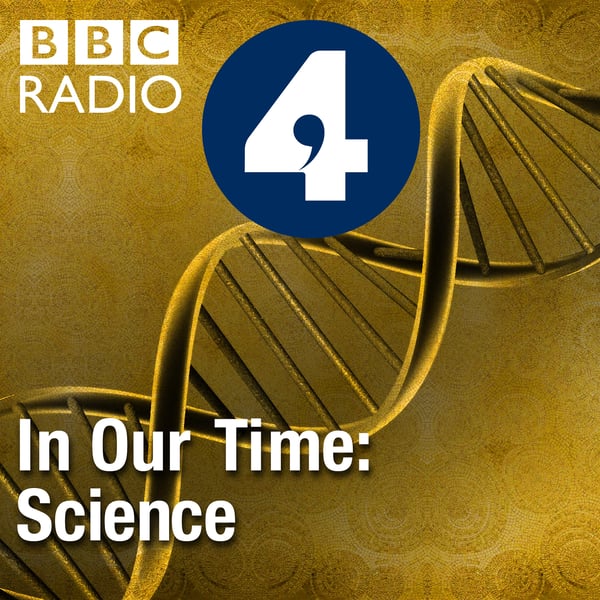The Eye
In Our Time: Science
BBC
4.5 • 1.4K Ratings
🗓️ 27 February 2014
⏱️ 42 minutes
🧾️ Download transcript
Summary
Transcript
Click on a timestamp to play from that location
| 0:00.0 | Thanks for downloading the In Our Time podcast. For more details about In Our Time and for our terms of use, please go to BBC.co.uk. |
| 0:10.0 | I hope you enjoy the program. |
| 0:12.0 | Hello, in the collection of Cambridge University Library is a modest notebook which belongs |
| 0:16.6 | to Isaac Newton when he was a student. |
| 0:18.8 | As well as notes about the mathematical textbooks he was reading, it contains the detail of some of his earliest |
| 0:23.9 | experiments one of these which would horrify modern researchers entailed inserting |
| 0:29.0 | a knitting needle behind his eyeball to see what effect this had on his vision. Newton's dangerous |
| 0:34.2 | experiments were part of a two and a half thousand year quest to understand the |
| 0:38.5 | nature of human vision. Ancient thinkers were fascinated by the eye, believing it contained a mysterious illuminating fire. |
| 0:45.5 | In later centuries it became known, in Leonardo's famous phrase, as, |
| 0:49.0 | the window of the soul. |
| 0:50.5 | But establishing the structures and properties of the eye took many centuries on the work of some of the greatest figures of Western thought. |
| 0:57.0 | With me to discuss the history of the eye are Patricia Farrah, Senior Tutor of Claire College, University of Cambridge, |
| 1:04.3 | William Alyph, Gresham Professor of Physic at Gresham College, |
| 1:08.0 | and Robert Ilyph, Professor of Intellectual History and the History of Science at the University of Sussex. |
| 1:13.4 | Perusha Farah, who were the earliest thinkers to study the workings of the art that we know |
| 1:17.9 | about and in what context did they undertake that? |
| 1:20.3 | Well the first theories that we really know about were by the pre-Socratic in 5th century BC in Greece and one of |
| 1:30.0 | the most famous of these was Empedocles and their basic idea was that there's some divine fire |
| 1:35.6 | inside your eye that goes out and it's almost like the feeling of touch. You |
| 1:40.9 | stretch out your fingers to touch something and feel it and learn about it and similarly the fire goes out from your eye |
| 1:47.2 | and enables you to learn about what it is that's in front of you. And you can see relics of that idea in one English we talk about we say something like |
... |
Please login to see the full transcript.
Disclaimer: The podcast and artwork embedded on this page are from BBC, and are the property of its owner and not affiliated with or endorsed by Tapesearch.
Generated transcripts are the property of BBC and are distributed freely under the Fair Use doctrine. Transcripts generated by Tapesearch are not guaranteed to be accurate.
Copyright © Tapesearch 2025.

